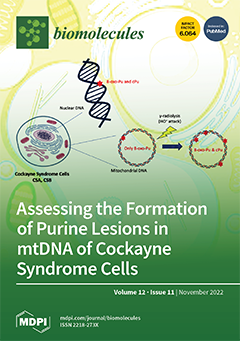Rhaponticum uniflorum (L.) DC. (
syn.
Leuzea uniflora (L.) Holub) is a plant species of the Compositae (Asteraceae) family that is widely used in Asian traditional medicines in China, Siberia, and Mongolia as an anti-inflammatory and stimulant remedy. Currently,
R. uniflorum is of scientific interest to chemists, biologists, and pharmacologists, and this review includes information from the scientific literature from 1991 to 2022. The study of the chemodiversity of
R. uniflorum revealed the presence of 225 compounds, including sesquiterpenes, ecdysteroids, triterpenes, sterols, thiophenes, hydroxycinnamates, flavonoids, lignans, nucleosides and vitamins, alkanes, fatty acids, and carbohydrates. The most studied groups of substances are phenolics (76 compounds) and triterpenoids (69 compounds). Information on the methods of chromatographic analysis of selected compounds, as well as on the quantitative content of some components in various organs of
R. uniflorum, is summarized in this work. It has been shown that the extracts and some compounds of
R. uniflorum have a wide range of biological activities, including anti-inflammatory, antitumor, immunostimulatory, anxiolytic, stress-protective, actoprotective, antihypoxic, anabolic, hepatoprotective, inhibition of PPARγ receptors, anti-atherosclerotic, and hypolipidemic. Published research on the metabolites and bioactivity of
R. uniflorum does not include clinical studies of extracts and pure compounds; therefore, an accurate study of this traditional medicinal plant is needed.
Full article






